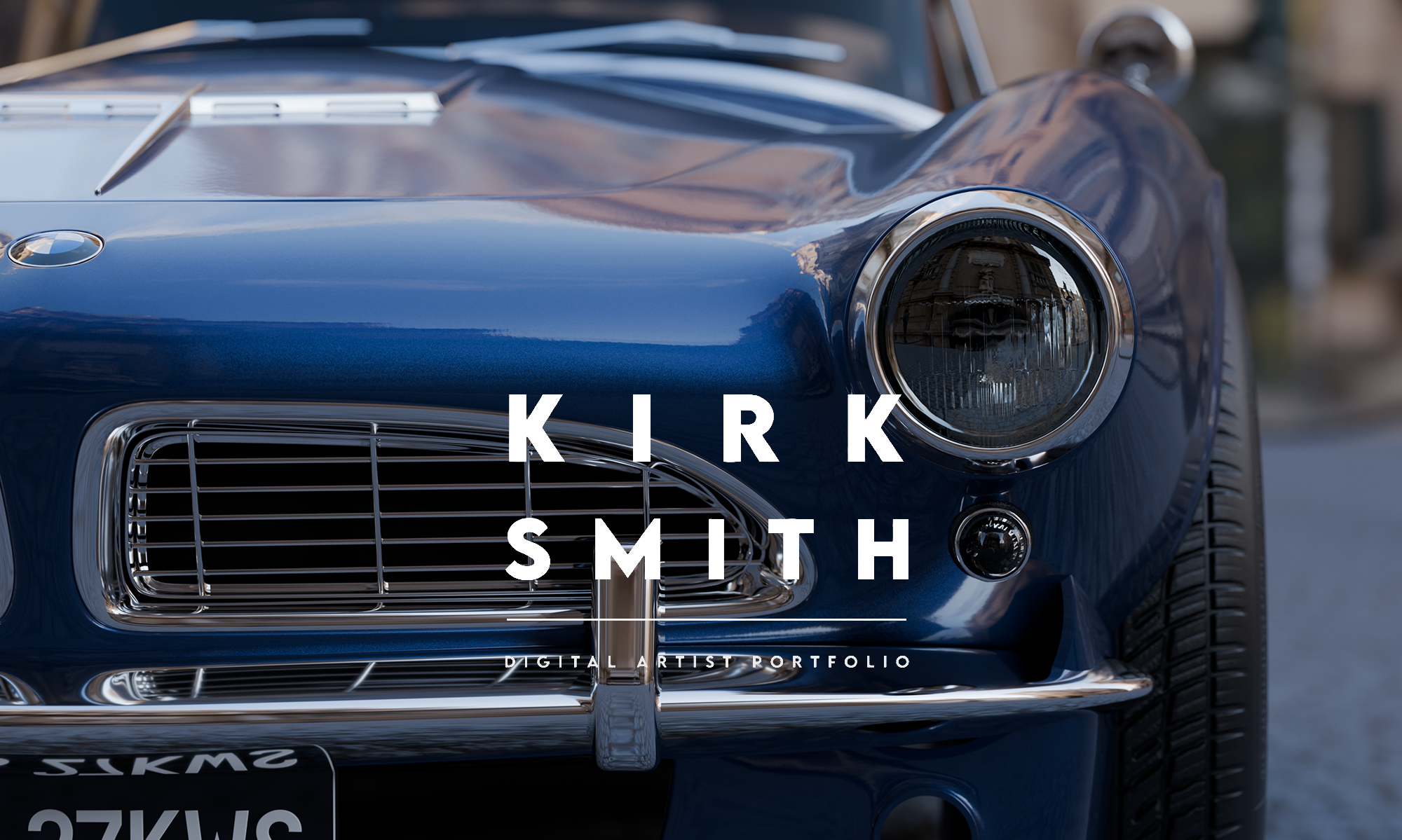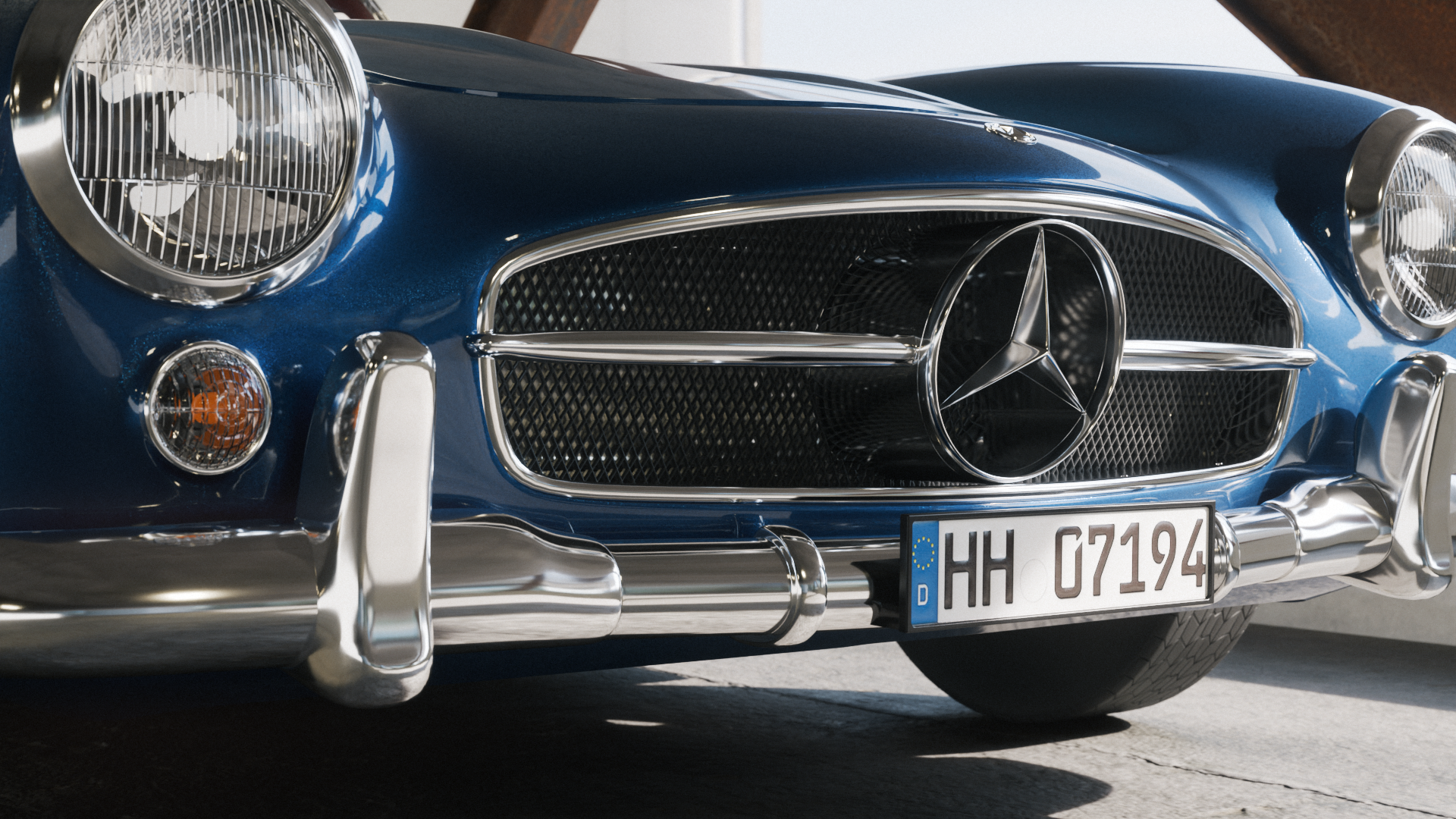Automotive design and visualisation has long been an area upon my wish-list to explore.
The following images were created using downloaded model assets, allowing me to concentrate on developing lighting techniques, composition and shaders.
These images are created in Blender using Cycles renderer and are influenced by automotive photography.
I found that studio environment renders presented the greatest challenge.
After referencing many images and speaking to professional artists with car lighting experience, subjectivity plays a big role with these setups. My initial aim was to create gradient highlights that allow the contours and shoulders of the vehicle to stand out.
Smaller focused light panels and point lights were then used to illuminate areas of finer detail. These images are a work-in-progress, with further aspiration to work upon shaders and interior shots.
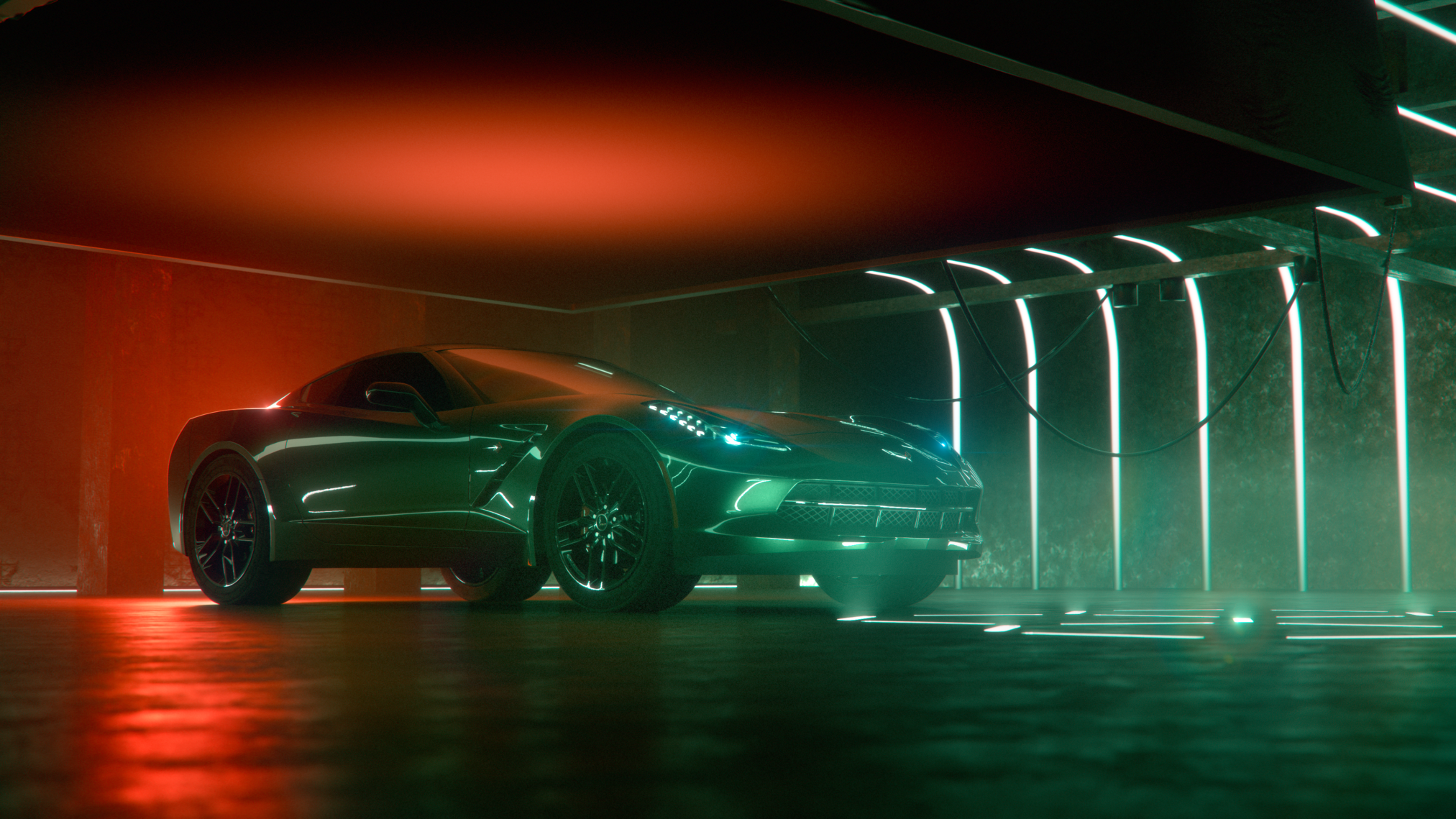
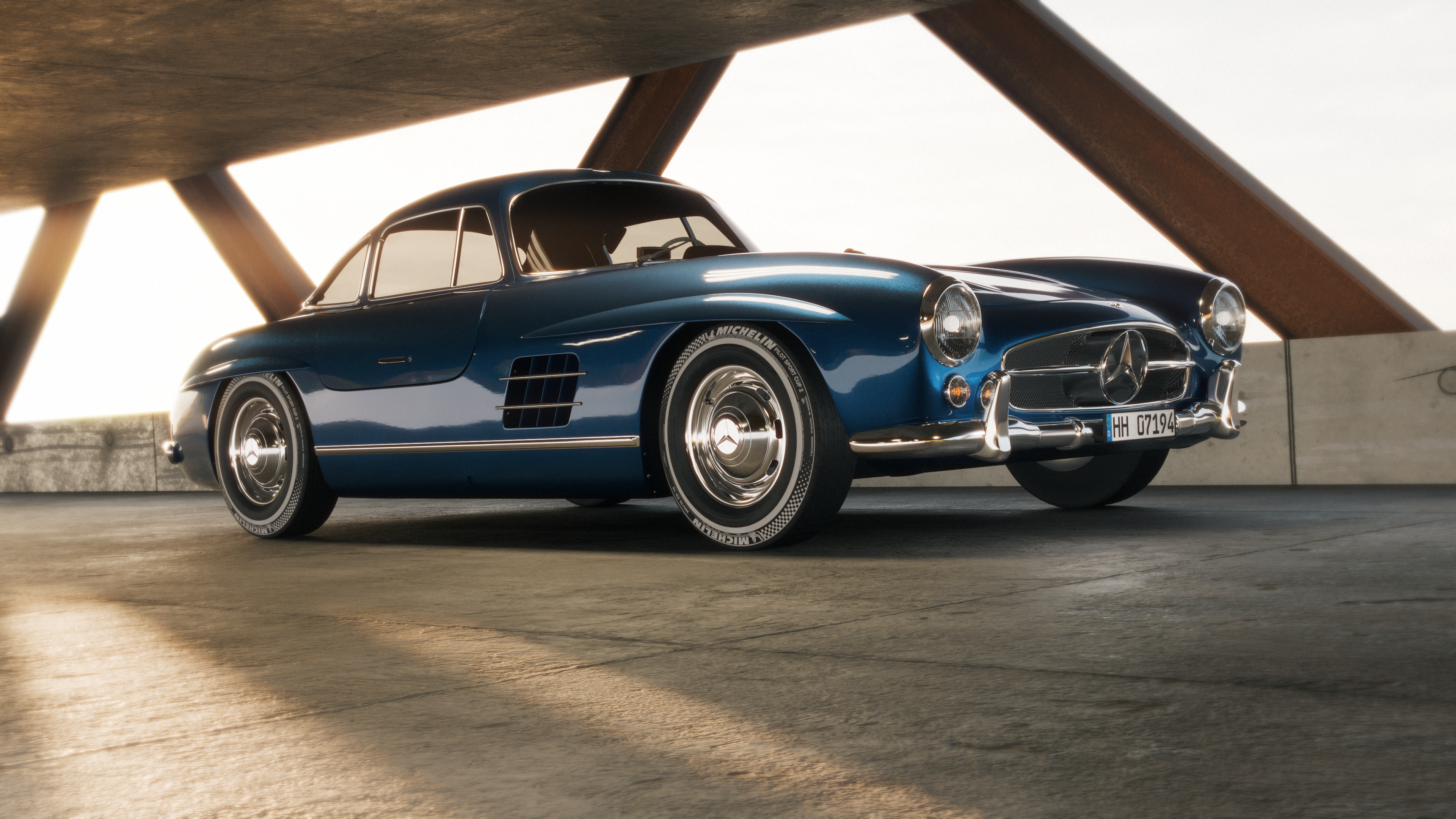
Benz SL300 with combination of light panels and HDR image
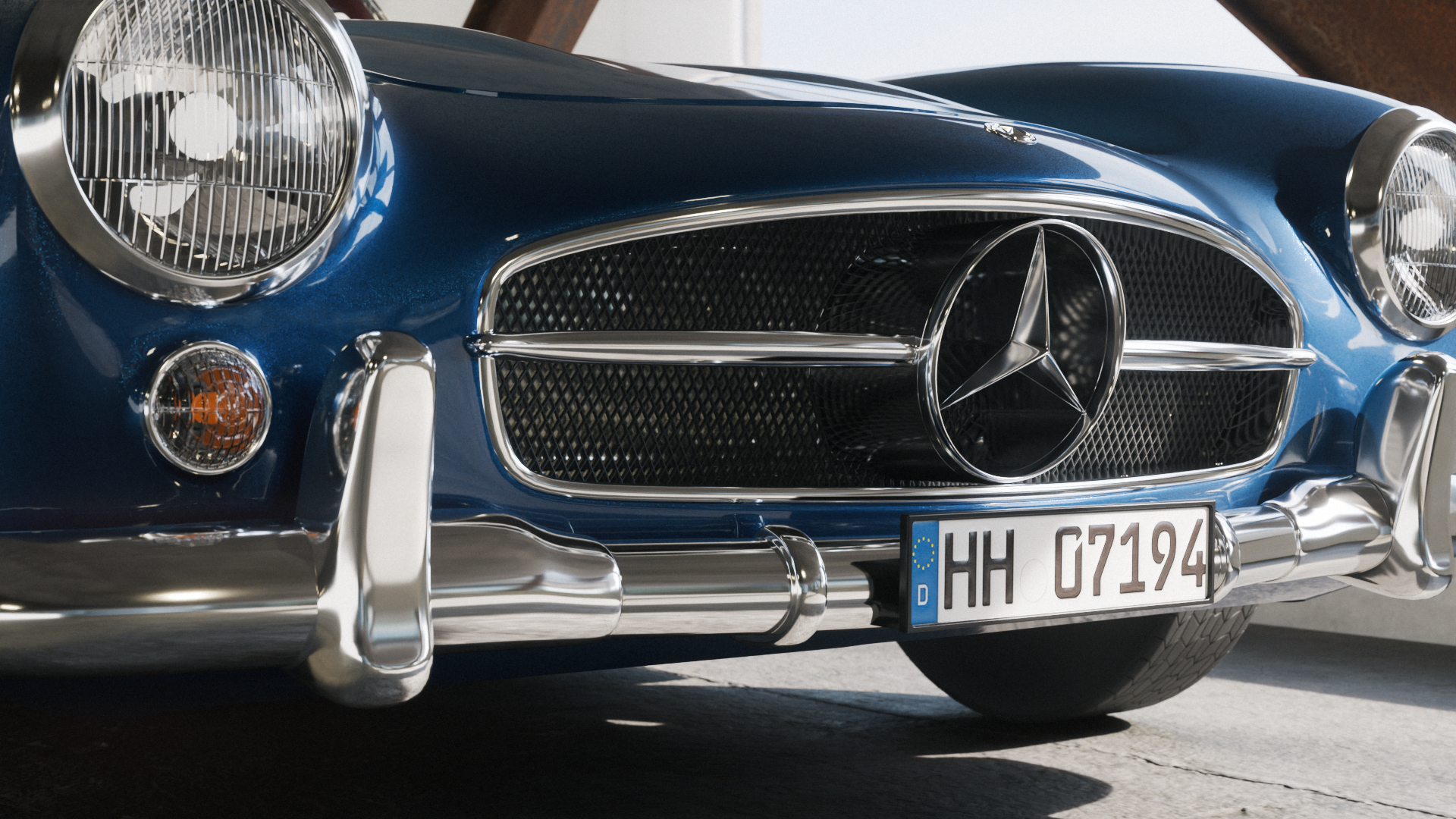
Benz SL300 with mixture of gradient lights and HDR lighting
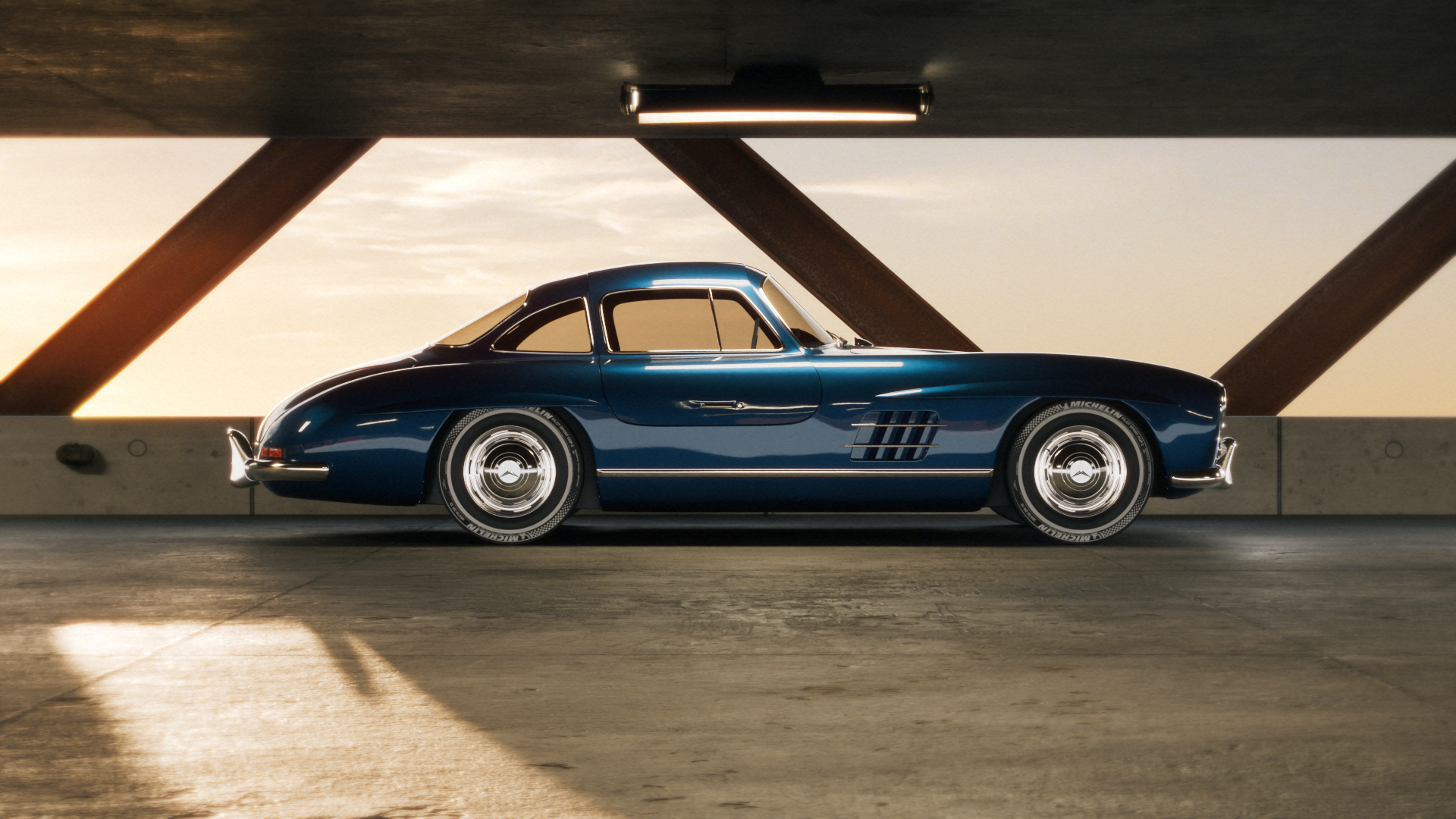
Benz SL300 with mixture of gradient lights and HDR lighting
Benz SL300 animation
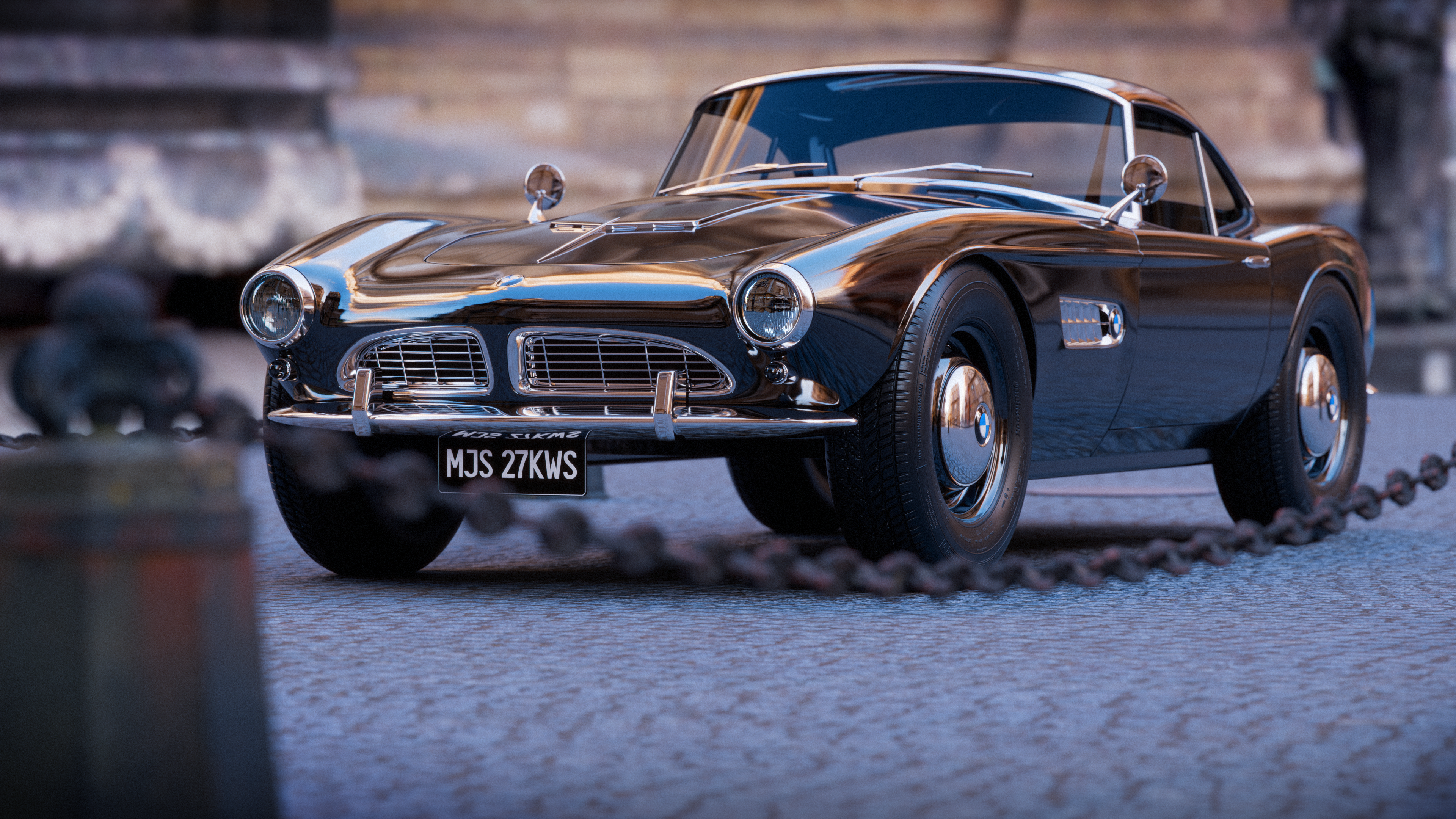
BMW 507 with HDR lighting and secondary assets
BMW 507 animation
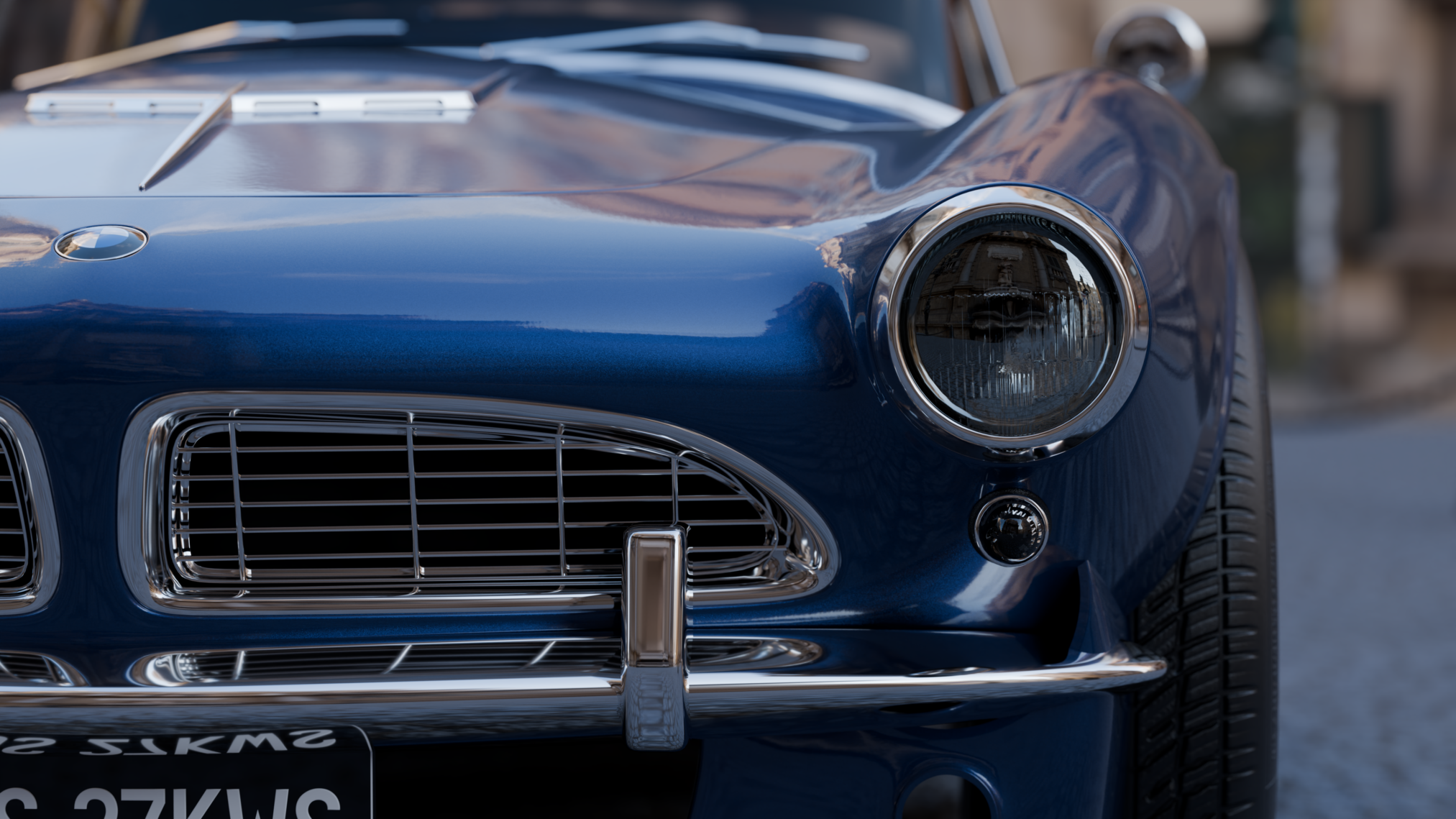
BMW 507 with blue car paint. Lit with HDR
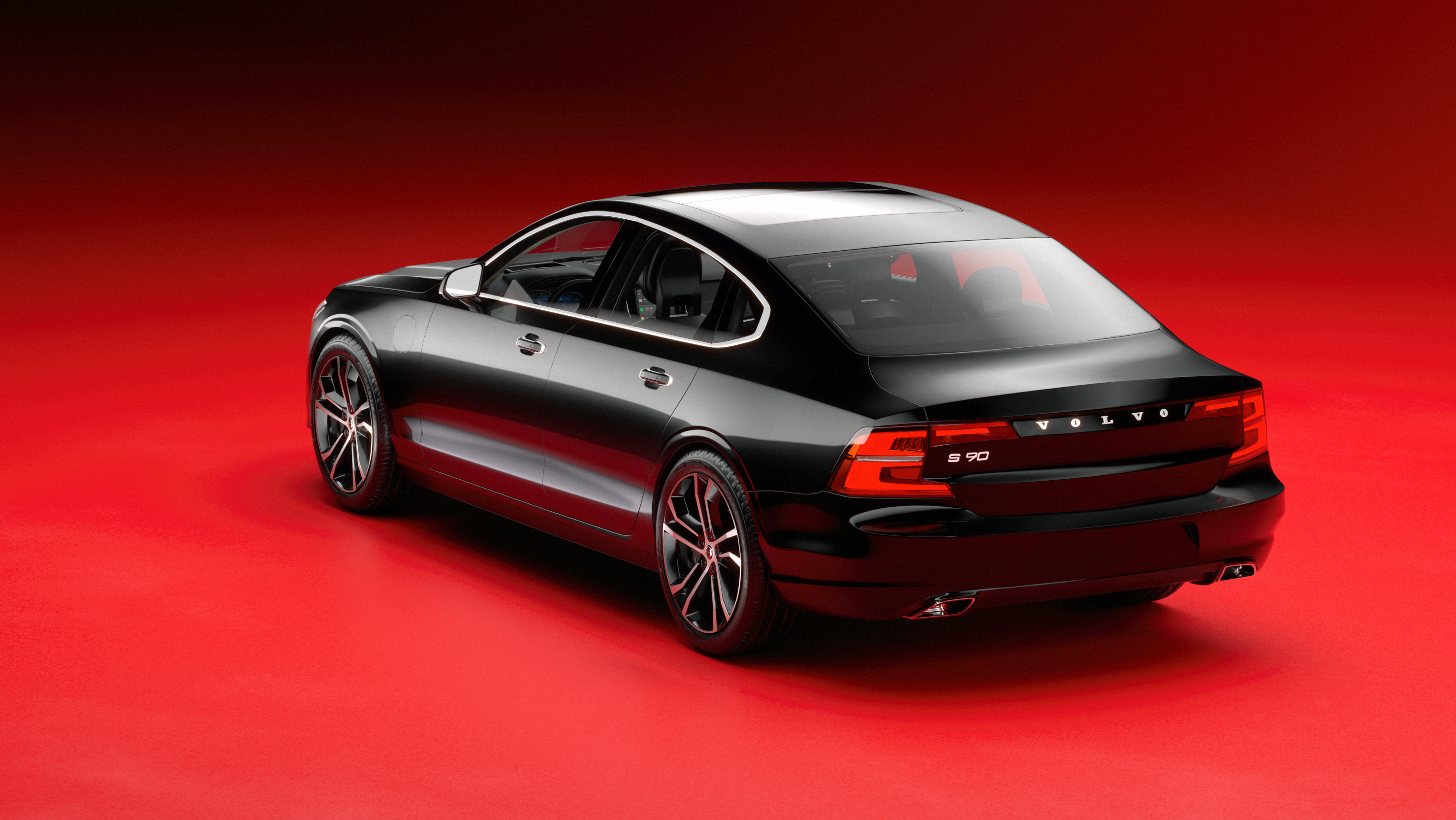
Volvo S90 – Studio setup. This uses two large soft lights that only cast on the studio
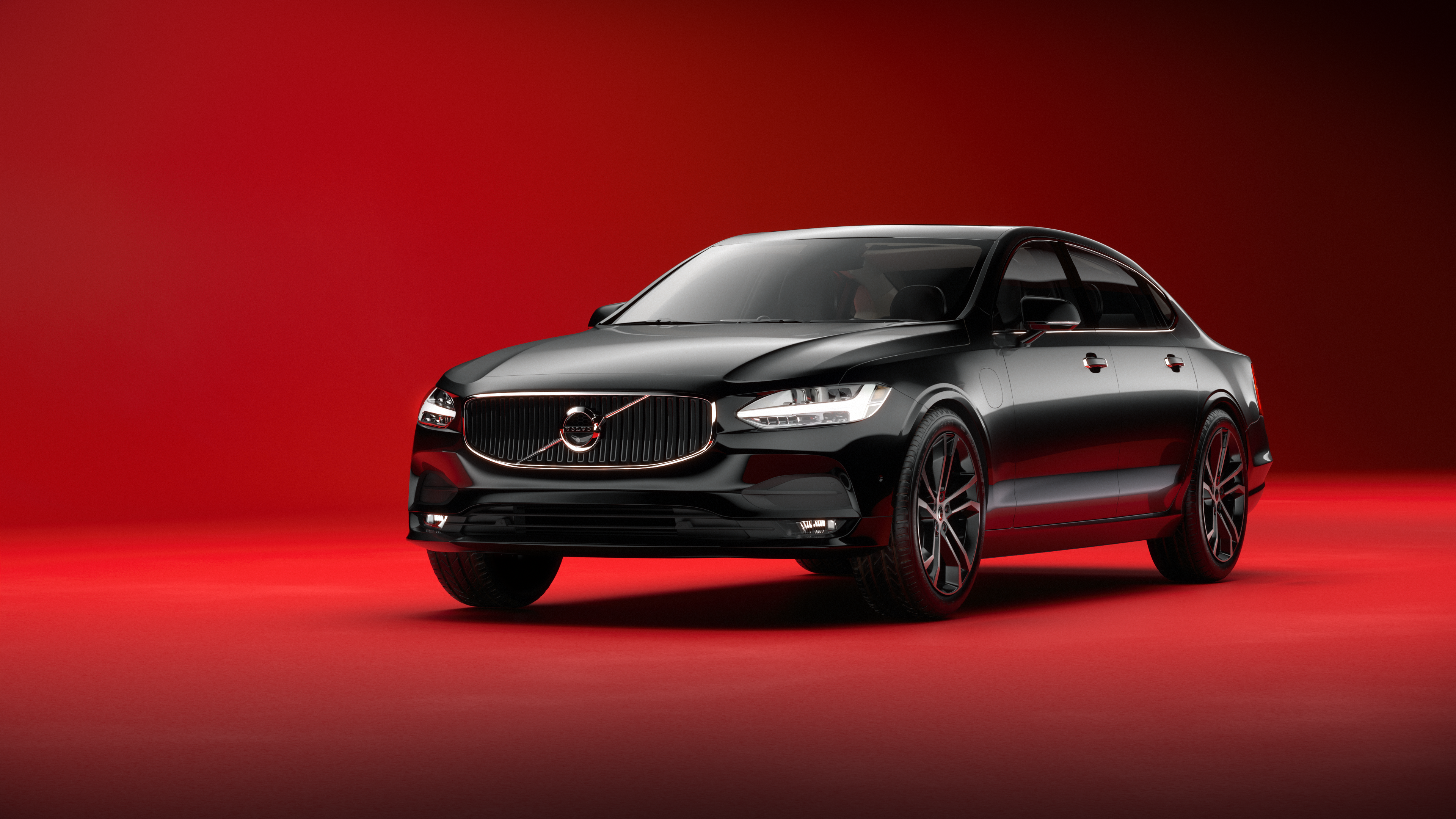
Volvo S90 – Light panels are used to highlight specific areas on the body work.
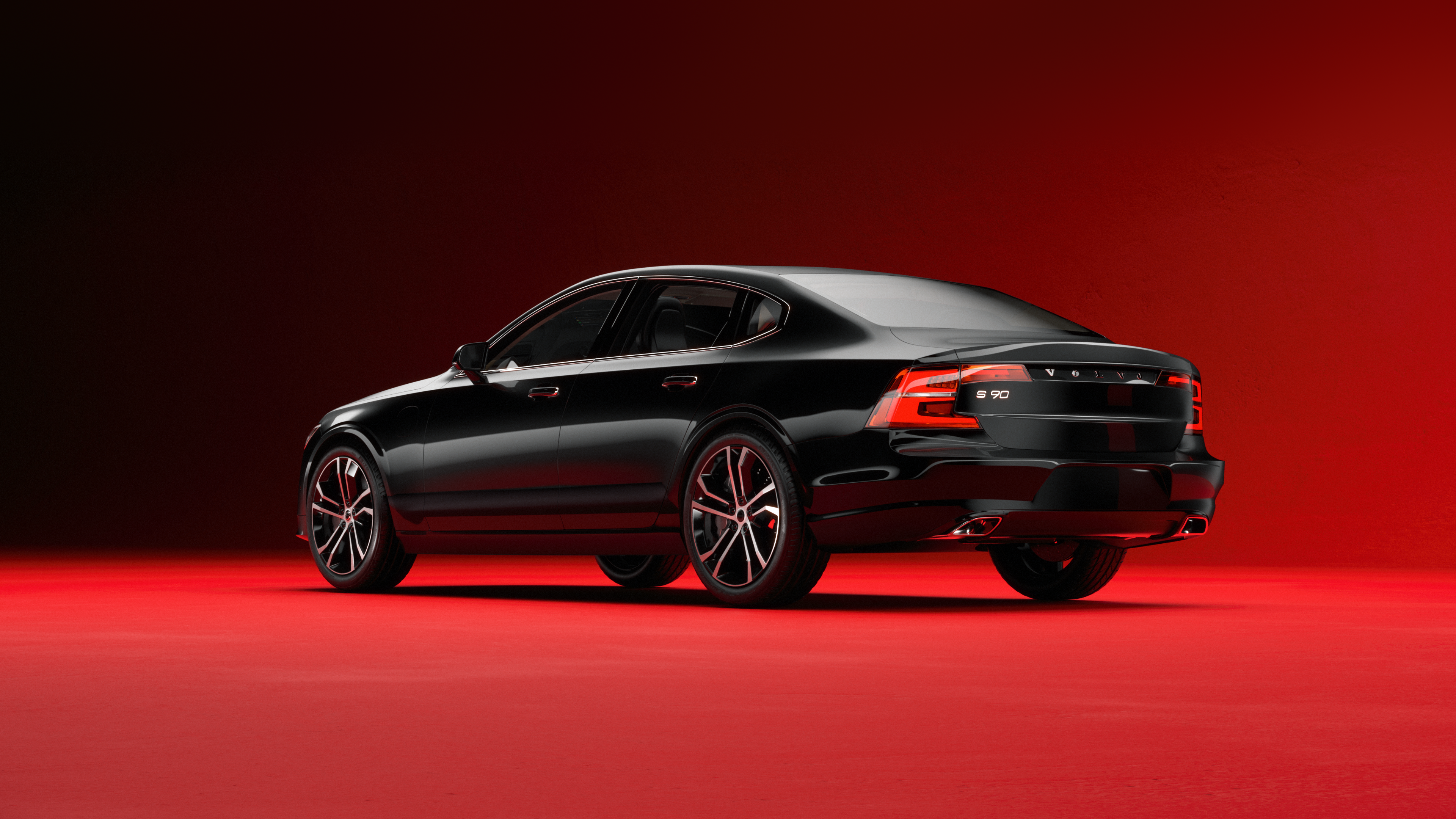
Volvo S90 – WIP
Volvo S90 – fast rotation
In my opinion, the Benz SL300 renders are the most successful so far. I reworked the paint shader to reduce the flake size and allow the surface to feel more metal-like. I wanted to find a balance between the bright sun-lit sky and the darker interior of the structure. The warm light beams offset the hard concrete texture, providing an overall subtle softness to the scene.
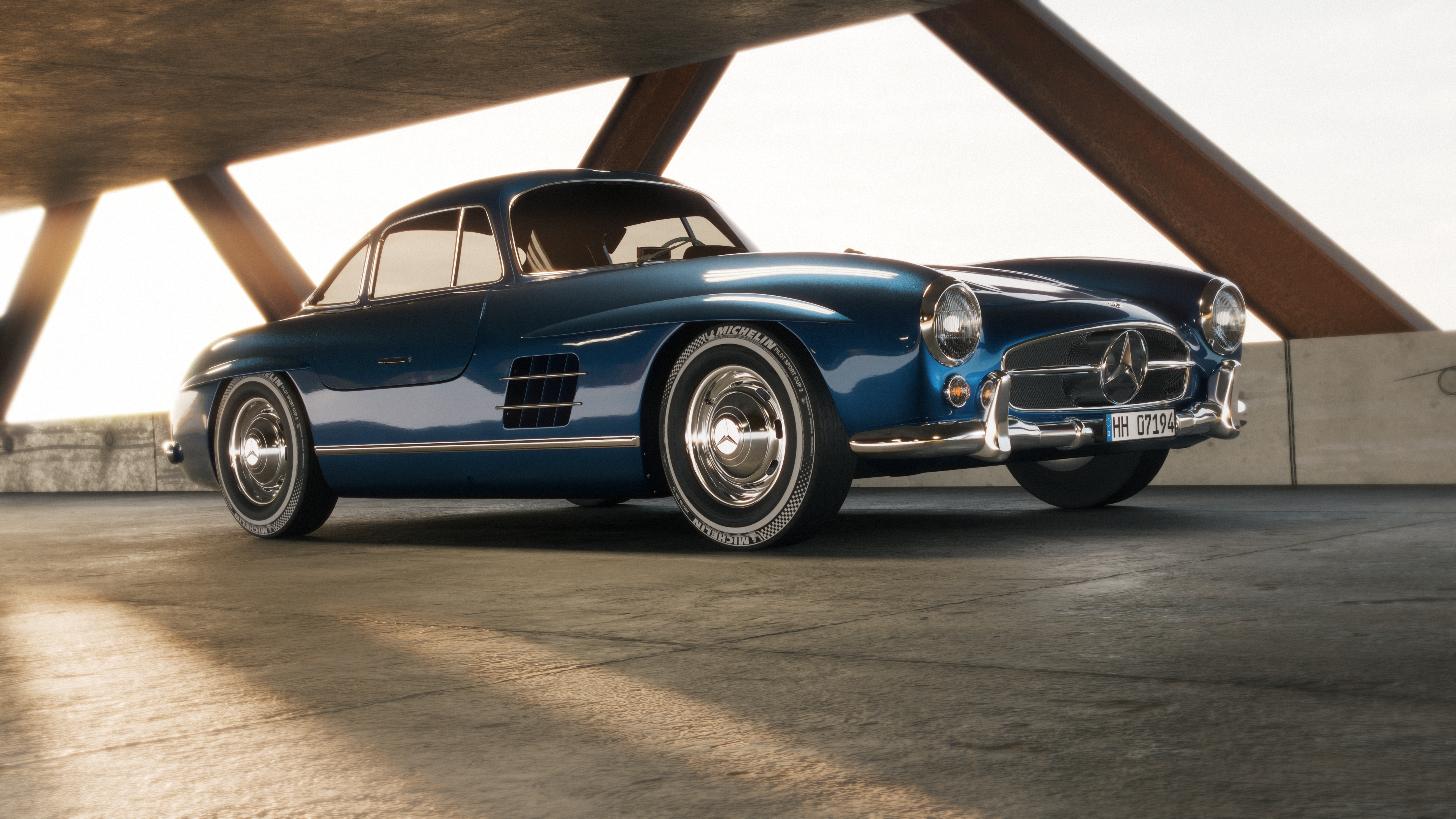
This short animation test was rendered in Cycles. My goal was to bring back some recognisable features into the sky. To achieve this, I rendered the sky portion without an alpha then taking the render into After Effects, I sourced footage of the sunrise to composite together. Considering the bright sun and dark interior of the concrete structure, the sky detail would realistically be washed out when captured with a traditional camera.
The car itself would also predominantly be cast in shade. Adding a strong overhead light fixture and removing the far side of the structure helps bring in some surrounding bounce light and illumination to the scene, coupled with light panels.
This is a low sample test render that I will test again at higher settings, striking a balance with render time.
Volvo S90 Interior animation test #1
This initial low sample test render of the Volvo S90 interior was created using a bright environment, designed to flood the interior with bounce light. A secondary light directed from above also adds reflective details to the glossy components of the car. This additional light creates the impression that main light source is from overhead. Three more area lights are positioned at the side and rear windows to further add shape and definition to surfaces.
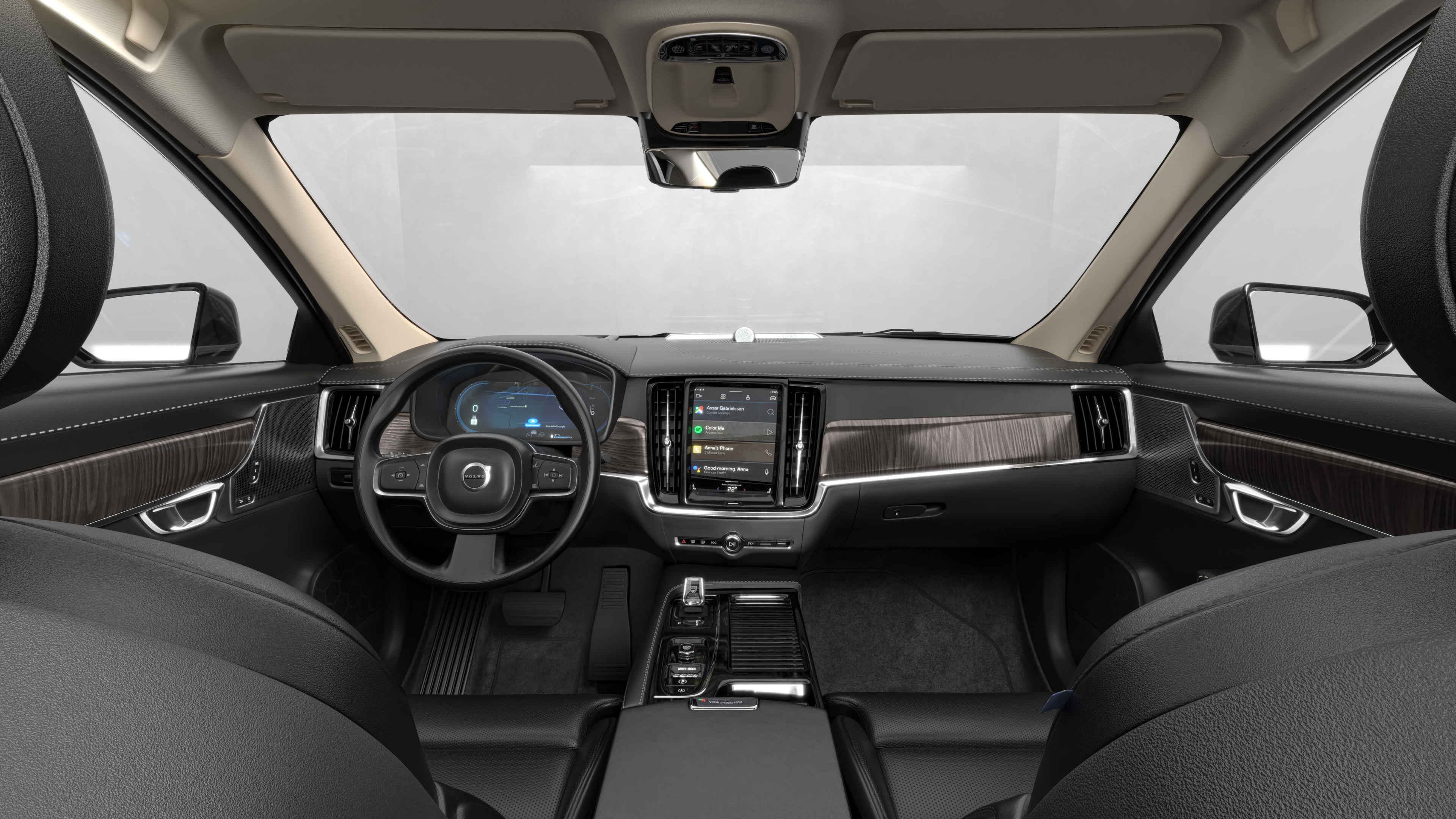
The leather materials and wood textures were amended to improve the original low-res textures found within the source model. The original model contains a lot of detail, but lacked in detail for close-up surface shots. The exterior consists of a basic block-structure that is limited in detail so that the eye is pulled towards the contrasting interior details.
